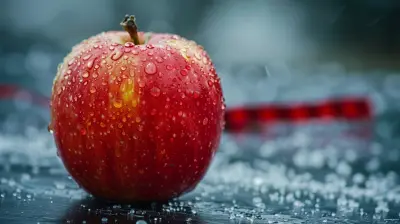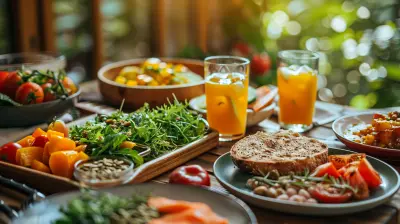Wheat-Free Diets for Those with Gluten Sensitivity
9 June 2025
Let’s be real—gluten sensitivity can turn your everyday meals into a bit of a battlefield. One minute you’re munching on your favorite sandwich, and the next, you're dealing with bloating, fatigue, or, worse, a full-blown stomach meltdown. Sound familiar?
You’re not alone. Many people are starting to discover (sometimes the hard way) that their bodies just don’t jive well with gluten. But here’s the good news: ditching wheat doesn’t mean you have to say goodbye to delicious food or a balanced lifestyle. With a little know-how and creativity, going wheat-free can actually open up a whole new world of healthy, tasty options.
In this article, we’re diving deep into wheat-free diets specifically for those with gluten sensitivity. We’ll untangle the difference between gluten intolerance and other conditions, explore safe alternatives, and share practical tips to make your life a whole lot easier—and tastier.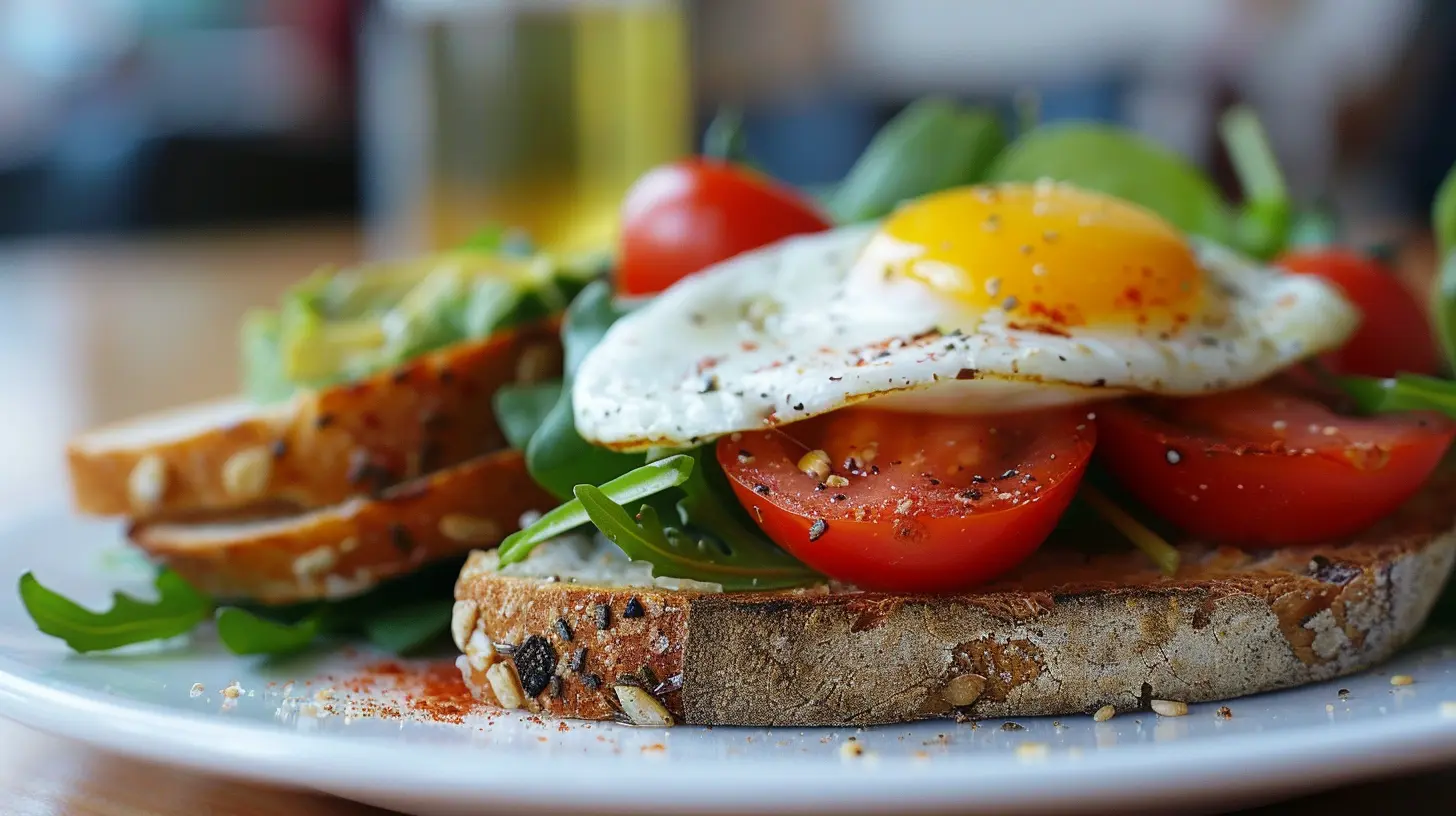
What Is Gluten Sensitivity?
Let’s kick things off with the basics. Gluten is a protein found in wheat, barley, and rye. For some people, consuming gluten sparks an immune response that causes a variety of symptoms—think stomach pain, headaches, brain fog, and more. This condition is known as non-celiac gluten sensitivity (NCGS).Now, don't confuse gluten sensitivity with celiac disease or wheat allergy. Celiac disease is an autoimmune disorder where eating gluten damages the small intestine. A wheat allergy, on the other hand, involves the immune system reacting to proteins in wheat (not just gluten). Gluten sensitivity falls somewhere in between—uncomfortable but not typically dangerous.
Common Symptoms of Gluten Sensitivity
So how do you know if you might be gluten sensitive? Here are some of the most common symptoms:- Bloating or gas
- Diarrhea or constipation
- Fatigue (even after a good night’s sleep)
- Headaches or migraines
- Joint pain
- Brain fog or difficulty concentrating
- Depression or anxiety
- Skin issues like rashes or eczema
Sound familiar? If these symptoms pop up regularly after eating wheat-based foods, it might be time to consider a wheat-free diet.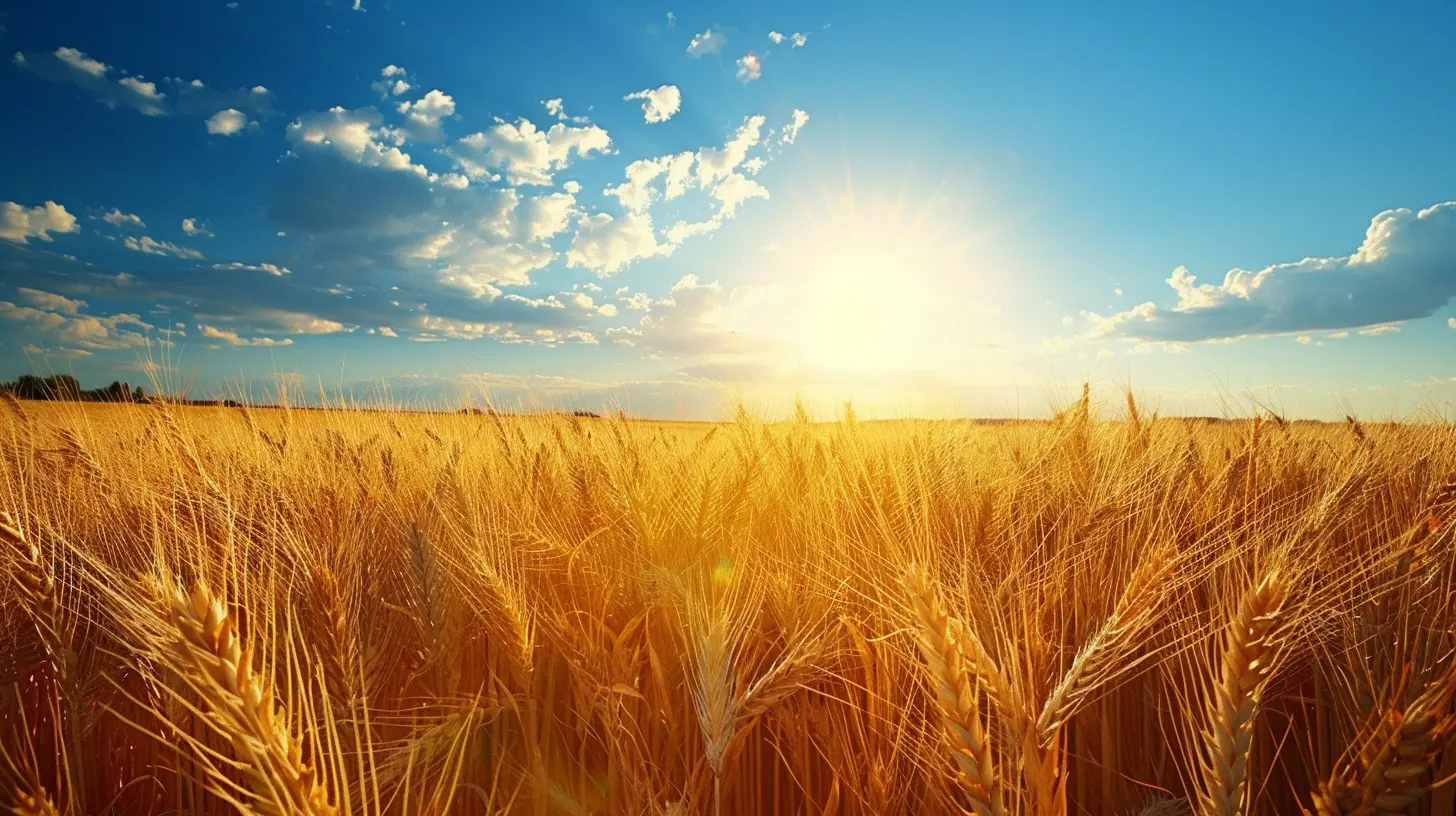
Why Go Wheat-Free?
You might be wondering: if gluten is the problem, why go specifically wheat-free? Good question.Here’s the deal—wheat is the most common source of gluten in our everyday diets. From bread and pasta to sauces and even salad dressings, wheat sneaks into far more foods than you'd expect. By focusing on a wheat-free diet, you automatically eliminate a massive chunk of gluten-containing foods.
Also, the term “gluten-free” can sometimes be confusing because gluten is found in more than just wheat. But for those with gluten sensitivity, wheat is often the main culprit. Going wheat-free isn’t just about avoiding bread—it’s about being mindful of your whole eating routine.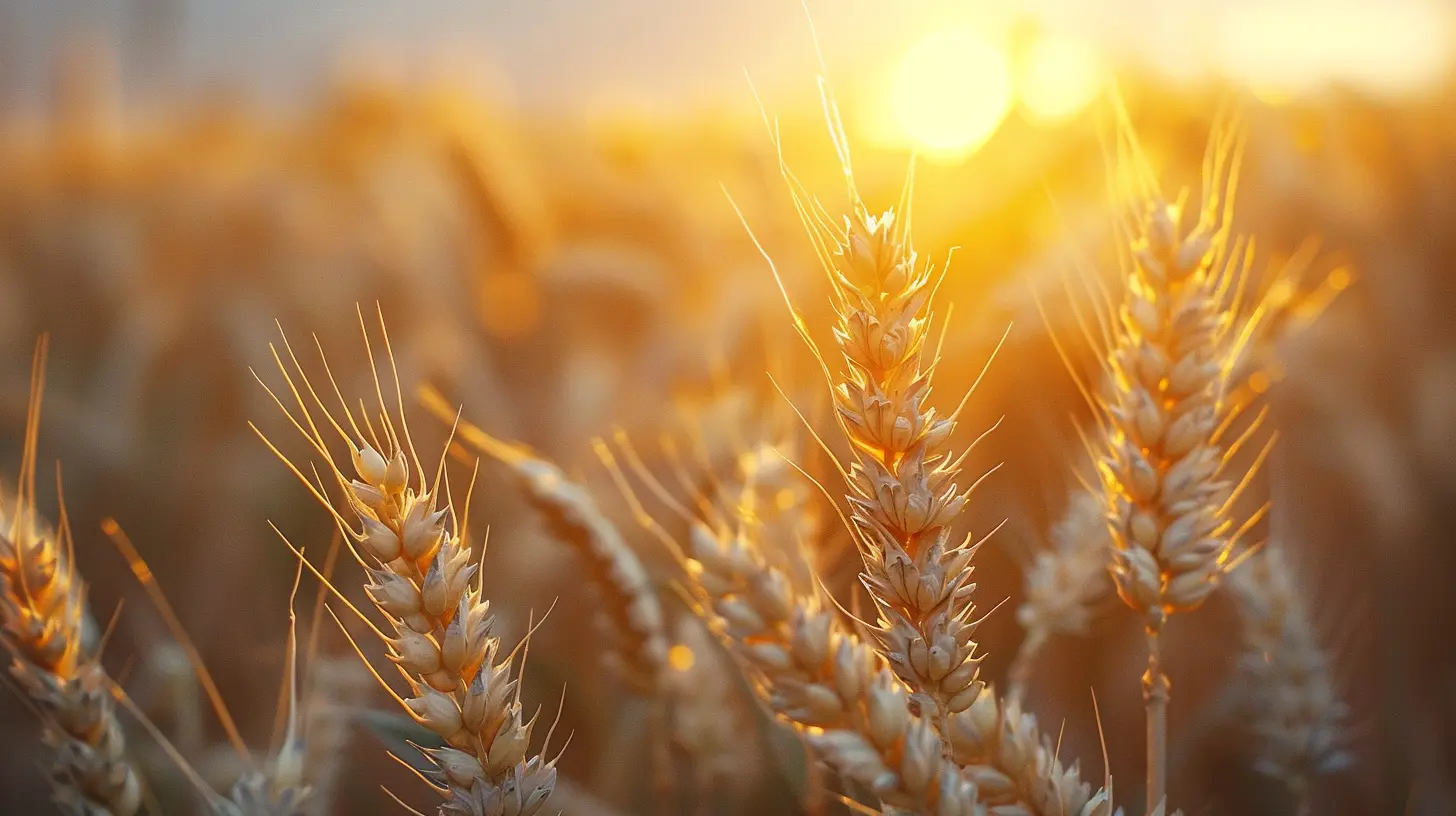
Wheat-Free vs Gluten-Free: Are They the Same?
Here’s where things get a little tricky. While all wheat-free diets are gluten-free (because wheat contains gluten), not all gluten-free diets are wheat-free. Say what?Let’s break it down:
- Wheat-Free Diet: Avoids all products that contain wheat. This means you're steering clear of the obvious ones like whole wheat bread, pasta, or crackers, as well as hidden sources (more on those later).
- Gluten-Free Diet: Avoids all gluten-containing grains, which include wheat, barley, and rye.
So, choosing a wheat-free diet is a step toward eating gluten-free, but if your body reacts strongly to gluten from any source, you'll need to avoid more than just wheat.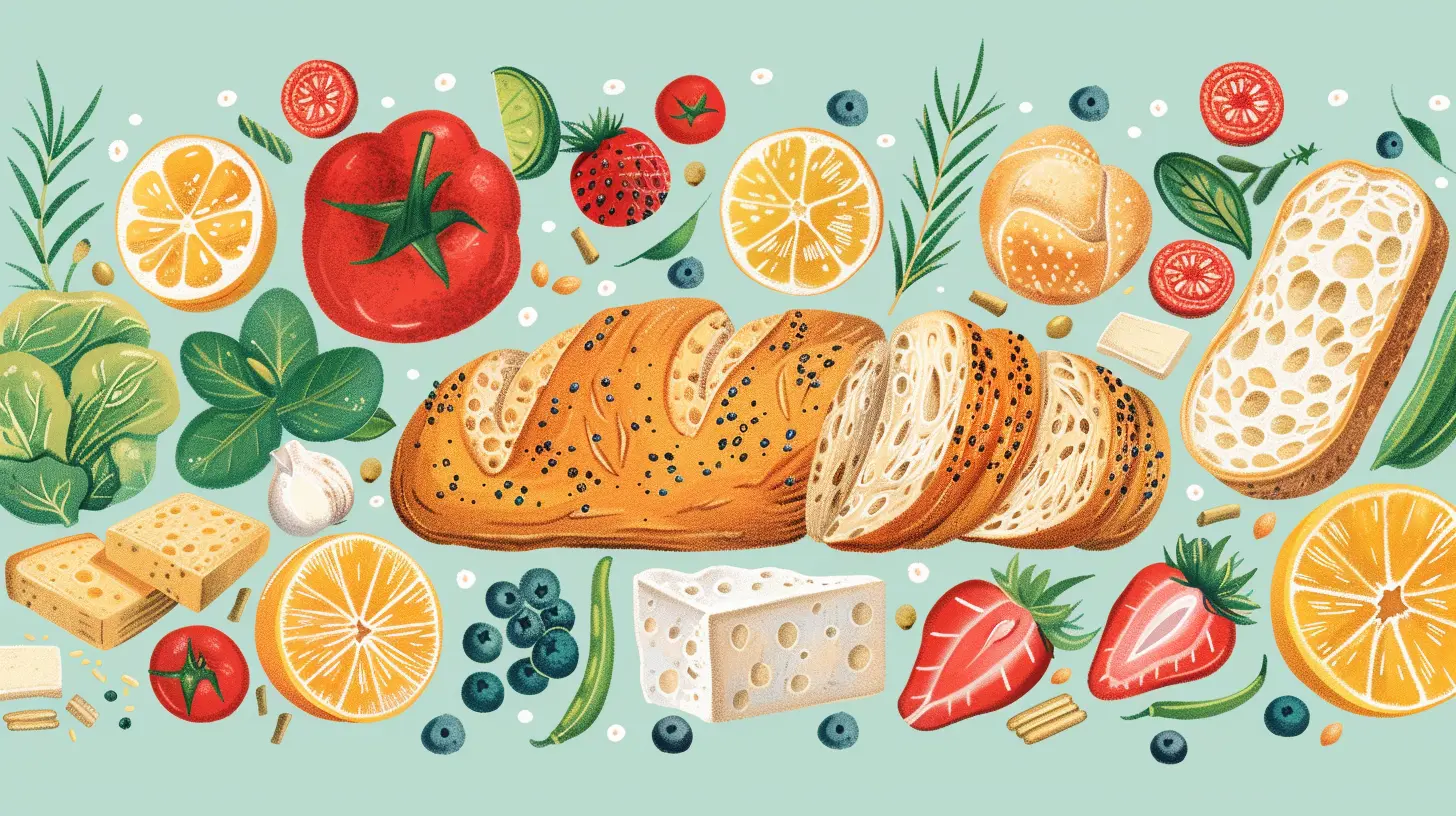
Hidden Sources of Wheat: Know Where It Lurks
Wheat is sneaky—it hides in places you’d never expect. You might already know to avoid bread and pasta, but here are a few surprising foods that often contain wheat:- Soy sauce
- Beer
- Processed meats (like hot dogs and deli slices)
- Ice cream (yup, some brands use wheat-based stabilizers)
- Salad dressings and sauces
- Fried foods (because of wheat-based batters)
- Breakfast cereals
- Instant soups and noodles
- Gravies and bouillon cubes
The key here is to read ingredient labels carefully. Look out for words like “wheat flour,” “enriched flour,” “semolina,” “durum,” and “farina.”
Pro Tip: Products labeled “gluten-free” are automatically wheat-free, but always double-check just to be safe. Better be a food detective than suffer the consequences later!
What Can You Eat on a Wheat-Free Diet?
So we’ve talked a lot about what you can’t eat. Let’s flip the script and focus on all the yummy foods you can enjoy.Naturally Wheat-Free Grains
There are plenty of grains that are safe and delicious. Here are some awesome options:- Rice (white, brown, wild)
- Quinoa (packed with protein too)
- Buckwheat (fun fact: despite the name, it’s not related to wheat at all)
- Millet
- Amaranth
- Corn (opt for whole kernel corn or polenta)
- Oats (make sure they’re labeled gluten-free to avoid cross-contamination)
- Teff (a tiny grain with big nutritional value)
Fresh Produce and Proteins
Guess what? Fruits, veggies, and fresh meats are naturally wheat-free. So go ahead and fill your plate with:- Leafy greens and colorful vegetables
- Lean meats like chicken, turkey, and beef
- Fish and seafood
- Eggs
- Legumes and beans
And yes, potatoes are still on the menu!
Wheat-Free Alternatives
Craving bread, pasta, or baked goodies? There’s no need to deprive yourself. Nowadays, there are loads of wheat-free options available:- Gluten-free pasta (made from rice, corn, or quinoa)
- Almond flour or coconut flour for baking
- Gluten-free bread and wraps
- Cauliflower crusts for pizza
- Rice cakes and corn tortillas for snacks or meals
Just keep an eye on the label and make sure they’re certified gluten-free or free from wheat ingredients.
Building a Balanced Wheat-Free Diet
Going wheat-free isn’t just about dodging a food group—it’s about replacing it with nutritious, satisfying alternatives. To make your diet balanced, focus on three things: variety, whole foods, and planning ahead.Daily Meal Ideas (Yup, They're Wheat-Free!)
Breakfast- Smoothie with bananas, spinach, almond butter, and chia seeds
- Gluten-free oatmeal with berries and nuts
- Scrambled eggs with sweet potato hash
Lunch
- Quinoa salad with grilled chicken and vegetables
- Corn tortilla tacos with beans and avocado
- Leftover stir-fry with rice and veggies
Dinner
- Grilled salmon with steamed broccoli and wild rice
- Gluten-free pasta with pesto and cherry tomatoes
- Stuffed bell peppers with a mix of black beans and quinoa
Snacks
- Rice cakes with almond butter
- Hummus with veggie sticks
- Yogurt with gluten-free granola
Dining Out on a Wheat-Free Diet
Let’s face it—eating out can get tricky. But it doesn’t have to be a nightmare. Here are some survival tips:- Do your research: Check menus online ahead of time.
- Ask questions: Don’t be shy about asking how dishes are prepared.
- Stick to simple dishes: Grilled meats, steamed veggies, and rice are usually safe bets.
- Avoid fried foods (unless they’re specifically labeled gluten/wheat-free).
- Bring your own: If you're attending a party or potluck, bring a dish you can eat and share.
Signs Your Wheat-Free Diet Is Working
Okay, so you’ve swapped your wheat toast for gluten-free granola. Now what? Here’s what success might feel like:- Better digestion (no more bloating or mystery stomach aches)
- Steadier energy levels
- Clearer mind—you might even notice less brain fog
- Improved mood (yep, gut health impacts mental health!)
- Healthier skin
- Fewer headaches
It won’t happen overnight, but many people start feeling better in just a few weeks.
The Emotional Side of Going Wheat-Free
Let’s be honest—cutting out wheat can feel a little isolating at first, especially when everyone around you is munching on pizza or cupcakes. It’s totally normal to feel frustrated or left out. But hang in there.Building a support system, trying new recipes, and focusing on how much better you feel can really help you stay motivated. And remember—it’s not about restriction, it’s about eating what makes you feel good.
Final Thoughts
Switching to a wheat-free diet because of gluten sensitivity isn’t just about managing symptoms—it’s about reclaiming your health and comfort. Yes, there’s a learning curve. You’ll need to become a bit of a label-reading ninja and do some experimenting in the kitchen. But once you get the hang of it, the benefits are totally worth it.So next time someone offers you a bagel, you can politely pass—and confidently reach for your gluten-free banana muffin instead. Your body will thank you.
all images in this post were generated using AI tools
Category:
Food AllergiesAuthor:

Laurie Barlow
Discussion
rate this article
3 comments
Valen McCaw
Wheat-free diets can significantly alleviate symptoms for individuals with gluten sensitivity, but careful meal planning is essential to ensure balanced nutrition and avoid deficiencies.
June 18, 2025 at 4:53 AM

Laurie Barlow
Thank you for highlighting the importance of careful meal planning in wheat-free diets for those with gluten sensitivity. Ensuring balanced nutrition is crucial for overall health.
Caleb Perez
While wheat-free diets can alleviate symptoms for those with gluten sensitivity, it's crucial to remember that not all gluten-free products are nutritious. Focus on whole, unprocessed foods to ensure a balanced diet, avoiding the pitfalls of excess refined substitutes.
June 12, 2025 at 2:31 PM

Laurie Barlow
Thank you for your insightful comment! You're absolutely right—prioritizing whole, unprocessed foods is essential for maintaining a nutritious gluten-free diet.
Ace McMeekin
Going gluten-free? Embrace the 'wheat-less wonderland'! It's like a secret club where rice, quinoa, and veggies throw the best parties—no gluten allowed, but flavor invites everyone!" 🌾🚫✨
June 10, 2025 at 4:38 AM

Laurie Barlow
Absolutely! A gluten-free diet opens up a world of delicious options and flavors. Welcome to the party! 🌟


